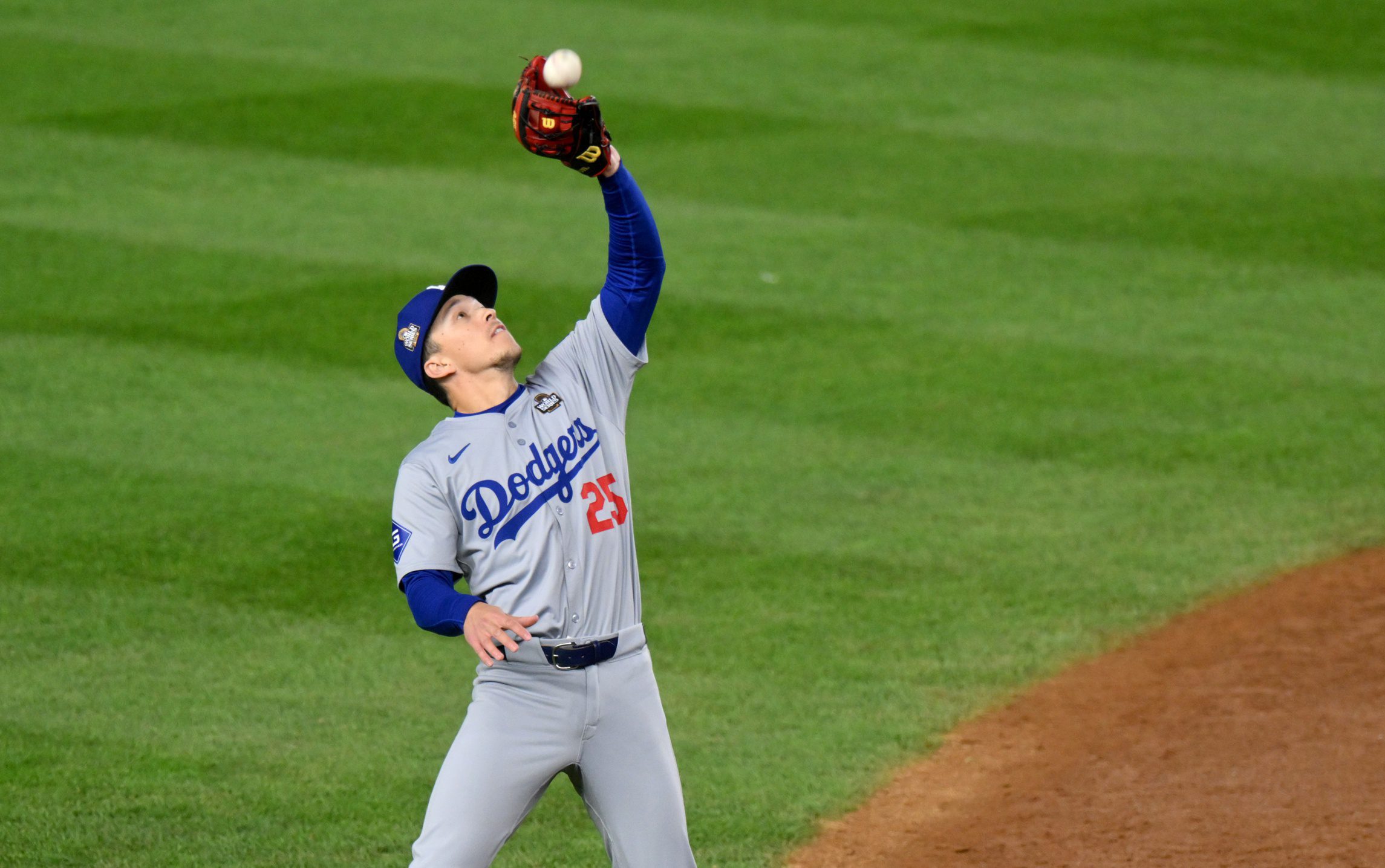In a bold experiment that challenges traditional roles, Jose Altuve’s move from second base to left field has injected a new level of strategic complexity into the Astros’ season. This decision, rooted in the evolving dynamics of the team’s roster and defensive priorities, now forces the coaching staff into a delicate balancing act between offensive firepower and defensive stability.
A New Position, A New Challenge
The Astros embarked on a major defensive realignment by reassigning Altuve, a player long admired for his batting prowess, to left field. Initially considered as part of an alternative plan that would have involved repositioning other key players, the move gained traction when contractual decisions favored keeping the core offensive lineup intact. With the departure of a long-standing defensive stalwart, the organization willingly embraced uncharted territory, opting to experiment with the veteran’s range on the outfield rather than risk diluting the lineup’s offensive edge.
Navigating the Outfield Terrain
Transitioning to a new defensive environment has not been seamless. In early spring training sessions, routine plays turned challenging as Altuve struggled with misjudged fly balls and the unfamiliar demands of left field. The intricacies of Daikin Park, including its distinctive features like the nearby Crawford Boxes, have added layers of complexity to his adaptation. Manager Joe Espada has already taken decisive steps by removing him for certain defensive plays, highlighting the ongoing tension between preserving his bat in the lineup and mitigating the risks on defense.
Maintaining Offensive Momentum
Even as defensive adjustments continue, Altuve’s offensive credentials remain a critical asset for the team. With his impressive early statistics—boasting a slash line that reflects his consistent contact and power—he stands as a linchpin in the absence of other key hitters. The unyielding need for his bat has generated a strategic conundrum for the coaching staff. In moments when defensive lapses could prove costly in tight games, the potential to revert him to second base is weighed against the reality of his diminishing range on the glove. The decision-making process is underscored by the principle that while his fielding may be underwhelming, his contributions at the plate offer undeniable value.
Strategic Adjustments and Late-Game Dilemmas
The coaching staff now confronts a series of challenging late-game decisions. Each removal of Altuve for defensive reasons could sap the lineup of one of its most reliable hitters. As the season unfolds, manager Espada faces the delicate task of preserving offensive momentum without compromising the team’s defensive integrity. The situation presents a recurring dilemma: retain a proven offensive force at the risk of defensive inefficiency, or prioritize defensive stability and potentially cost the team’s run production. This duality of purpose is likely to shape critical moments as the competitive season progresses.
Reflecting on the Road Ahead
The unfolding experiment of repositioning Jose Altuve captures the essence of modern baseball—where strategic innovation meets the unpredictable tides of performance. The Astros’ ability to adapt and refine their approach in late-game scenarios could well dictate their season’s fortunes. As Altuve continues to redefine his role in left field, his evolving performance serves as a poignant reminder that progress often comes with calculated risks. Ultimately, the long-term success of this strategy will depend on his ability to meet the high standards set by his offensive output while overcoming new defensive challenges, offering a compelling study in the balance between bat and glove.









